#260 - 5 Basic Rules Of Music Copyright Law
1. Copyrighted work must be original
So, what determines originality and copyright infringement? When push comes to shove, this is determined in a court of law. That means proving that:
The copyrighted work has been copied
The copy is “sustainably similar” to the original work
Proving that the copyrighted work has been copied is a bit more interesting. First of all, copyright infringement doesn’t have to be intentional. Let’s say you’ve used a sample from a pack you found on the internet, which stated that all the samples were licensed under creative commons, and thus free to use. However, if it turns out that the sample that you used was, in fact, a part of a copyrighted work, you will still be liable for copyright infringement — even though you had no intent to do so.
2. Master recording copyrights are administered (and, often, owned) by record labels
Depending on the type of recording deal in place, the label is either a primary owner or just a party, acquiring the rights to exploit the master copyright on behalf of the artists (and retaining a portion of the revenue). As a general rule, the record label that footed the bill for the recording will handle the copyrights and royalties on a work. A classic “artist deal” works like this: the label signs the artists before the recording is produced (recording) and pays for the recording process, thus becoming the primary owner of the master copyright. The label then shares a portion of the revenue with the artist, as dictated by the recording contract. Lately, however, a new kind of “licensing” deal that empowers the artist is becoming more and more popular. In these deals, the artists create a recording by themselves (thus obtaining the master copyright) an The artist retains the master rights as well as the ultimate control over their music.
3. Compositional copyrights are administered by publishers
In the same way that master copyrights are typically managed by labels, the compositional copyright is usually administered by publishers. However, compositional copyrights work differently from masters. First and foremost, there’s a share of copyright that is always reserved to the author (or authors) of the composition, known as a writer’s share. Usually, it’s 50% of the copyright — though this can differ depending on the country or even a type of royalty. The other 50% of the copyright is allotted to the publisher, though a portion of this share goes to the songwriter as well. It all depends on the type of publishing deal.
4. Copyrights last 70 years past the owners lifetime
Typically, copyright protections last for 70 years after the end of the calendar year in which the last surviving writer dies. In some cases, this period can be as long as 95 years from publication or 120 years from creation. After this, it becomes public domain.
5. Cover versions require only a mechanical license — and only in the US
Covers don’t require sync or master use licenses, but in some countries, you’ll have to clear a mechanical license if you want to release them commercially. Simple covers are NOT derivative works — they don’t borrow any components of the master recording (thus, no master use license needed), and they copy the composition in its entirety (which is covered by mechanical license instead of a sync license). No further licenses are required — and if you just plan to perform covers as a part of the live show, you don’t need any permits.

